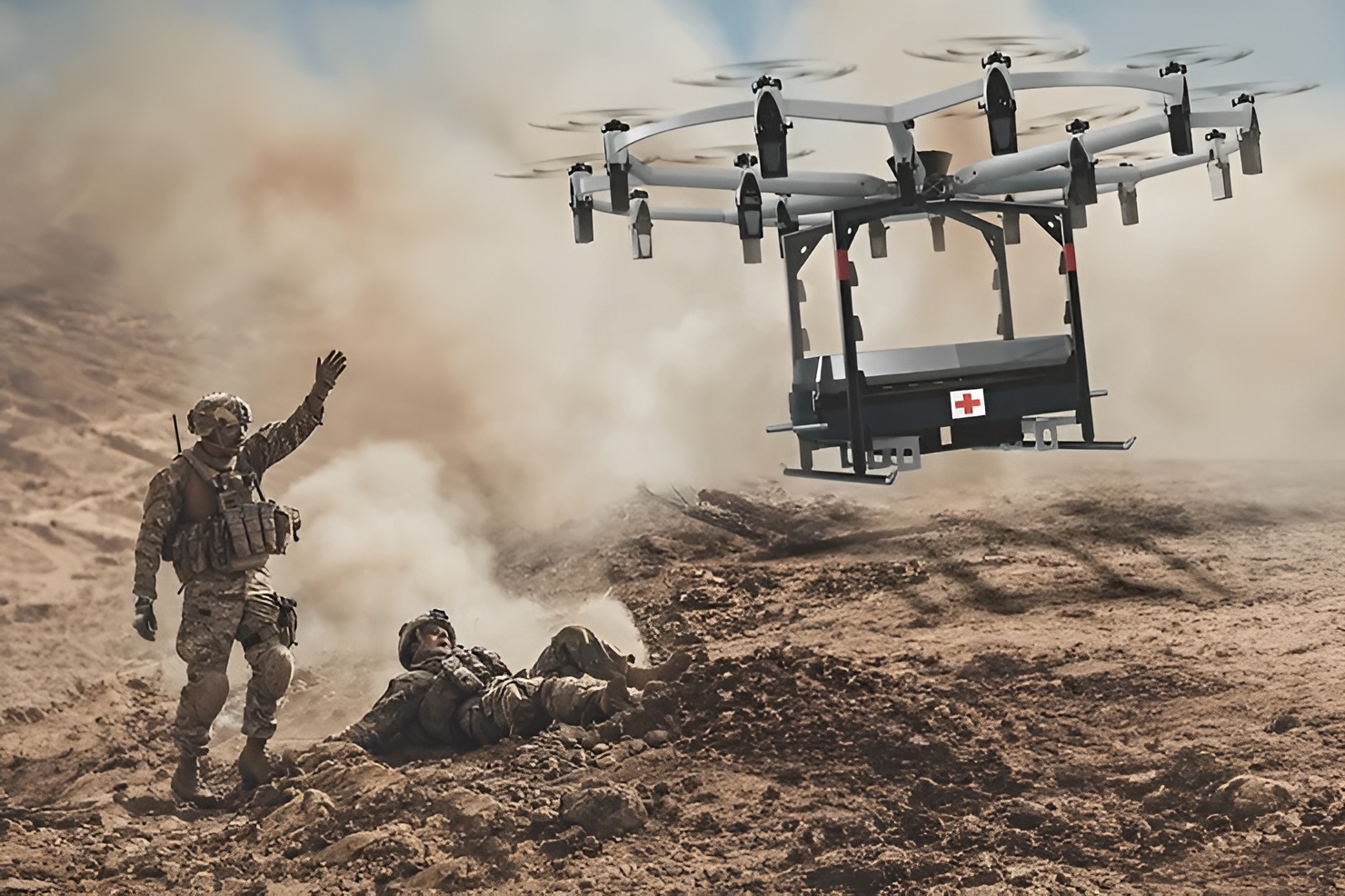LIFT Aircraft (LIFT) announced today that they have been awarded a contract by the US Army Applications Laboratory (AAL) to design a medical multi-mission modular payload, a container that can carry blood supply and casualty evacuations (CASEVAC). LIFT has partnered with Near Earth Autonomy (Near Earth) to address one of the Army’s biggest challenges – the need to autonomously perform these functions within the crucial “golden hour,” the critical period immediately following trauma when rapid medical intervention significantly increases survival rates. This contract is part of the Special Program Awards for Required Technology Needs (SPARTN) program. This program uses Small Business Innovation Research (SBIR) funding as a powerful innovation tool that moves at the speed of business. SPARTN reduces time to contract and time to payment so the Army can bring in the best company with the best solution. Designed with a priority on swift deployment and integration with existing military operations, the payload system being developed by LIFT and Near Earth is distinguished by its adaptability, facilitating easy incorporation into various transportation methods and ensuring widespread usability.
Matt Chasen, Founder and CEO of LIFT, emphasized the impact of the partnership: “After multiple contracts with the US Air Force, we’re thrilled to continue our work alongside the Army with broad implications for the wider Department of Defense. Our selection for this project underscores our readiness to expand into broad defense applications. We are confident that this collaboration will ensure swift, autonomous delivery of blood and evacuation services for casualties, and will ultimately save lives.”
MAJ Rickey Royal said, “The current practice of relying on crewed vehicles to provide blood resupply and CASEVAC in contested areas has significant challenges. The Army has identified a significant need for a modular, multi-mission payload capable of climate control and telemedicine that can deploy via an autonomous aerial and/or ground platform. An autonomous solution enables speed and efficiency in casualty evacuations and delivery of medical supplies.”
Sanjiv Singh, CEO of Near Earth Autonomy, said, “Our collaboration focuses on integrating proven aircraft, autonomy, and medical technologies to meet urgent battlefield needs. We plan to develop, test, and demonstrate the system over the next 12 months. LIFT’s HEXA and Near Earth’s autonomy systems have a strong synergistic fit. We believe that our approach of combining existing, proven systems is the most efficient way to rapidly revolutionize battlefield medical support while minimizing costs and delays. The sooner we demonstrate the system’s effectiveness and reliability, the sooner it can potentially be out in the field, saving lives.”
The payload will utilize proven technologies to incorporate vital signs tracking monitors and will be climate-controlled to maintain blood temperatures. At the culmination of the contract, LIFT will demonstrate the modular medical payload being transported by air and ground vehicles, including LIFT’s HEXA Cargo platform with its own uniquely modular design flown and tested by the USAF. Near Earth has a history of autonomous aerial systems for medical logistics, including the Army Combat Medic autonomous CASEVAC helicopter program, and blood delivery in Project Crimson which was nominated for the Association for Uncrewed Vehicle Systems International (AUVSI) Xcellence in Mission — Humanitarian Award. Near Earth has also developed aerial autonomy for other significant defense logistics programs, including USMC Logistics Connector with Honeywell and Leonardo, USMC MARV-EL with Kaman, OSD Joint Capability Technology Demonstration Unmanned Logistics Systems – Aerial with SURVICE Engineering, and USMC Autonomous Aerial Cargo/Utility System (AACUS) with Aurora Flight Sciences.















